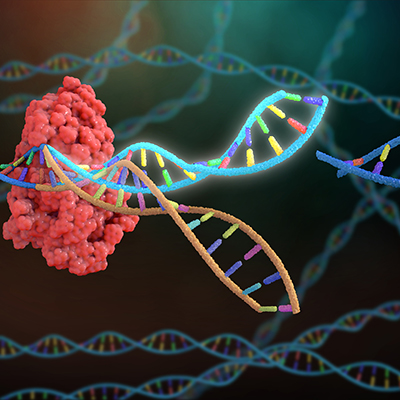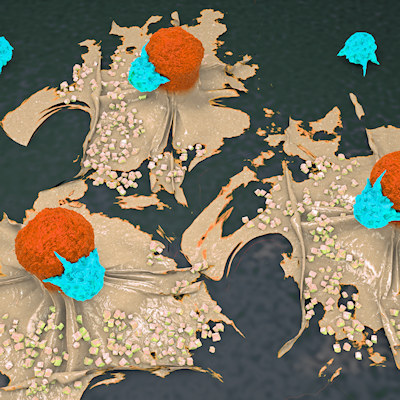July 12, 2022 -- The disruption of thousands of genes using CRISPR-Cas9 gene editing has revealed a map of how human immune cells function. The resulting map, which is more interconnected than researchers expected, could reveal the collections of genes that need to function properly to prevent immune diseases.
In a study published on July 11 in Nature Genetics, researchers describe how they found connections and feedback loops between upstream regulators of the critical immune factors IL2RA, IL-2, and CTLA4.
The list of genes controlled by the studied regulators includes many linked to the development of immune diseases such as multiple sclerosis, lupus, and rheumatoid arthritis. Equipped with the map, researchers may be able to start to show how regulatory connections explain why changes in different genes can have the same net effect on cells. Disturbance to the network itself could be a risk factor.
"These results help us flesh out a systematic network map that can serve as an instruction manual for how human immune cells function and how we can engineer them for our benefit," said Dr. Alex Marson, PhD, co-senior author of the study and director of the Gladstone-University of California, San Francisco (UCSF) Institute of Genomic Immunology, in a statement.
Regulatory networks modulate gene expression. Disturbances to gene expression can lead to disease, making it important to understand how changes percolate through the network. However, research to date has focused on the effect of removing one gene at a time on the function of immune cells, rather than trying to address the question of how the entire system fits together.
CRISPR-Cas9 allowed the scientists to disrupt thousands of genes at once. Researchers at Gladstone Institutes, UCSF, and Stanford School of Medicine sought to map the connections between regulatory genes and their downstream targets.
First, the team developed a systematic approach to the discovery of upstream regulators of IL2RA, IL-2, and CTLA4 in primary human T cells. The genes are known to play an important role in T-cell function so they served as anchors for the map. The researchers then mapped the regulator-gene network using CRISPR perturbations, RNA sequencing (RNA-seq) and assay for transposase-accessible chromatin with sequencing (ATAC-seq).
The project found 117 regulators that control levels of at least one of the three genes. Thirty-nine of the regulators control two of the genes and 10 simultaneously modulate the expression of all three genes. Further analysis revealed that many of the regulators control each other. The transcription factor IRF4 acts on nine other regulators and is itself modulated by 15 other regulators, all of which control IL2RA.
"There were cases where a transcription factor was regulating IL2RA, but then IL2RA itself also controlled that same transcription factor," said Jacob Freimer, PhD, first author of the paper and a postdoctoral fellow at Stanford. "It appears that these kinds of feedback loops and regulatory networks are much more interconnected than we previously realized."
Copyright © 2022 scienceboard.net










